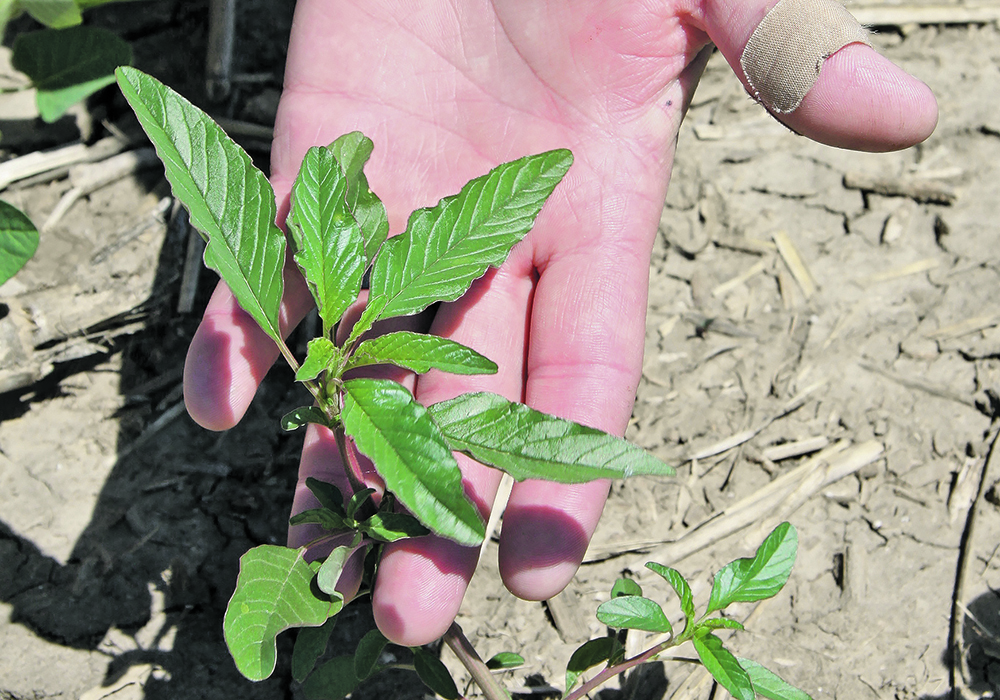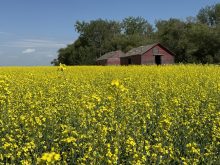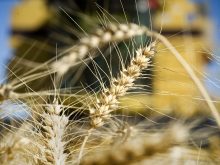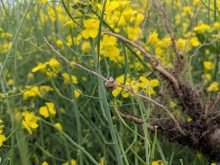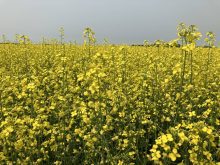CLANDEBOYE, Man. — Soybeans and waterhemp go together in Manitoba like peanut butter and jelly.
Find a field of soybeans and you may find waterhemp.
“That’s almost always where we find it,” said Kim Brown, provincial weed specialist with Manitoba Agriculture.
Tall waterhemp is a Tier 1 noxious weed in the province, which means it must be removed and eradicated. The weed, a member of the pigweed family, was first confirmed in Manitoba in 2017.
It has become a serious issue for soybean growers because almost all of the waterhemp in the province is resistant to glyphosate and some is resistant to multiple herbicides, including groups 2 and 14. It arrived in Manitoba with herbicide resistance as flooding and birds transported seeds from North Dakota, Minnesota and other states where the weed is commonplace.
Read Also
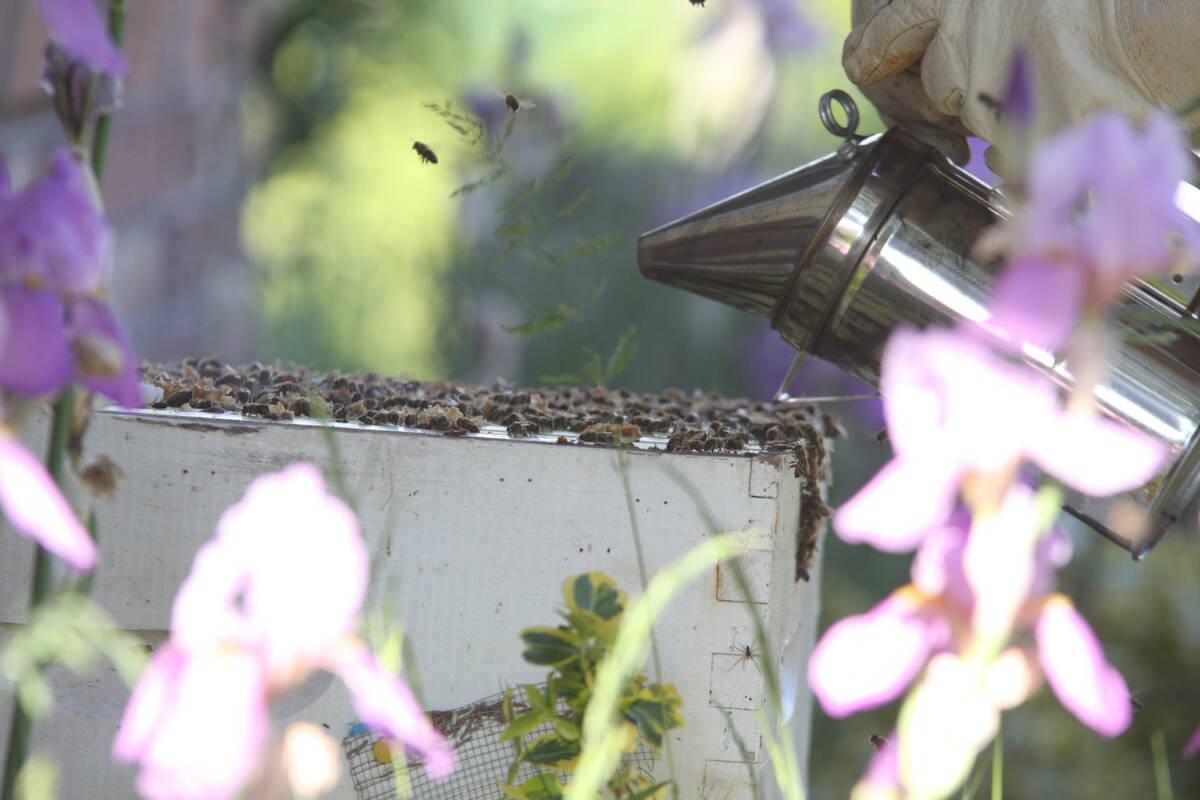
Manitoba beekeepers battle for survival
Honeybee colony losses have hit 43 per cent, making 2025 the latest in a string of poor bee survival years for Manitoba’s honey producers
Since 2017 it has spread to about 20 municipalities in Manitoba, mostly in southeastern and central regions where soybeans are popular.
Waterhemp also does well in other row crops, such as dry beans, sunflowers and corn.
Waterhemp’s expanding geography is problematic, but things could be worse because crop rotations on the Prairies could be keeping the weed in check.
“We haven’t seen this grow (expand) as much as the States or even Ontario,” Brown said at a South Interlake grain production day held Jan. 4 in Clandeboye.
“They have much tighter rotations than us and more vulnerable crops (like corn and soy).”
Waterhemp thrives in the direct sunlight that’s available in row crops.
“In a really competitive wheat or canola crop, it gets shaded out; it doesn’t even germinate,” Brown added.
It also helps that InVigour canola, which can tolerate glufosinate, is the most popular brand of canola in the province. Glufosinate is still effective against waterhemp, so that may be curbing its spread.
However, there are situations where waterhemp can flourish in a canola or wheat field.
If the crop is patchy, waterhemp will take advantage of the bare soil and the sunlight.
“We did find it in some wheat fields last year, in a thin spot in the field,” Brown said.
For now, the weed is contained to Manitoba.
Cory Jacob, acting weed specialist for Saskatchewan Agriculture, said waterhemp hasn’t been discovered in the province, but that could soon change, maybe this year.
It’s really a matter of “when” waterhemp arrives in Saskatchewan, not “if”, Jacob said.
The weed has been found in North Dakota counties near the Canada-U.S. border and it was confirmed in 2022 near Binscarth in western Manitoba.
In a 2023 issue of Crop Production News, Saskatchewan Agriculture told growers to watch for pigweeds that survive an application of herbicide.
It said farmers should report them to a local agronomist, regional crop specialist or Saskatchewan Association of Rural Municipalities plant health technical adviser as soon as possible.
Brown agreed that waterhemp will eventually migrate into Saskatchewan.
“Weeds do move. They don’t obey borders.”
Crops such as barley, wheat, oats and canola should limit the spread of waterhemp in Saskatchewan, but if it does get a foothold, the weed could become a serious problem for lentils.
“I’m quite concerned in their lentils acres…. It’s a very non-competitive crop,” Brown said.
“That’s where they should be really watching.”


